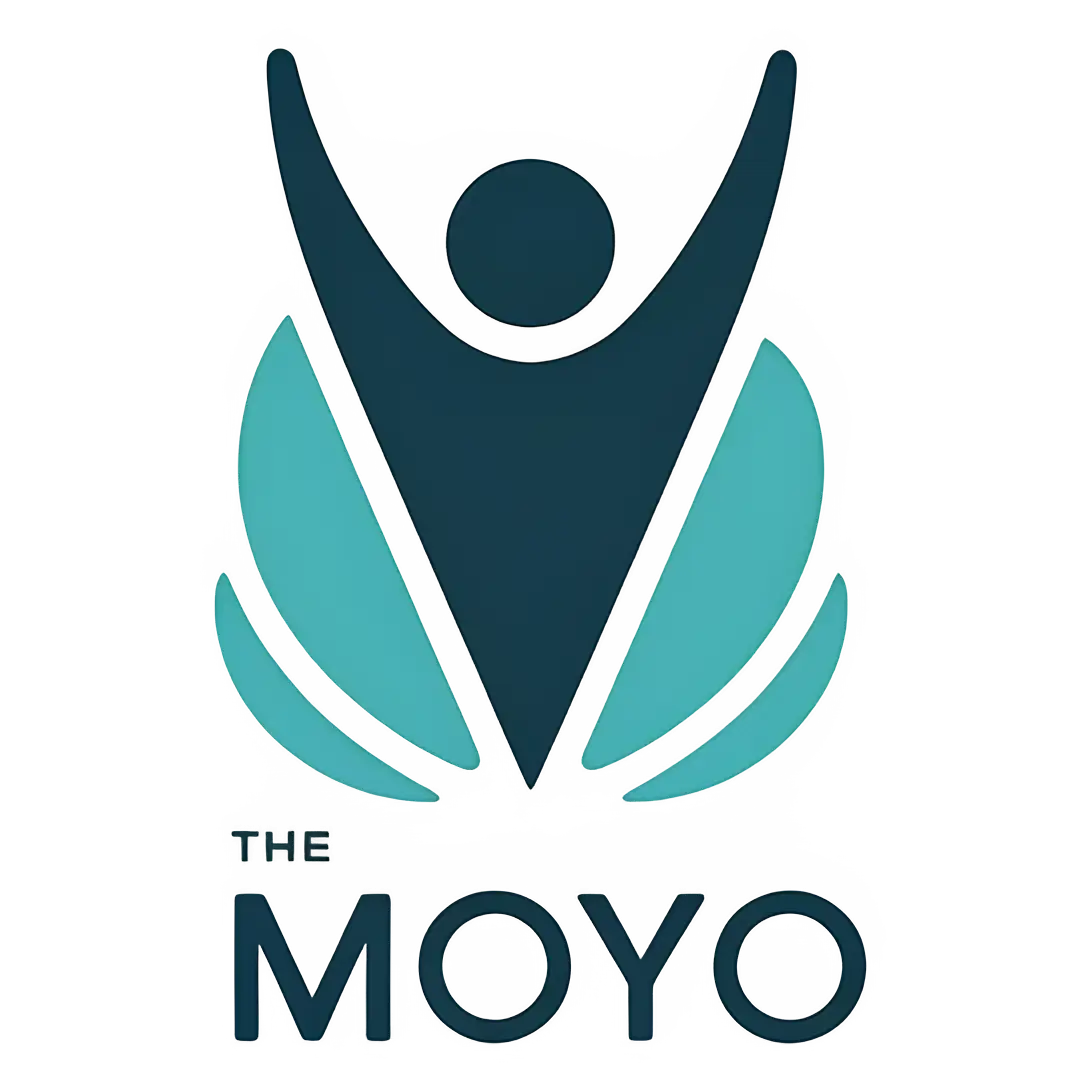Client Case
Presenting Issues
Client reported a long-standing fear of flying, which had intensified over the past few years. Even the thought of booking a flight triggered anxiety symptoms such as a racing heart, nausea, and intrusive catastrophic thoughts. This fear had led to avoidance of holidays and professional travel opportunities, as well as feelings of embarrassment and frustration about the lack of control.
Background Information
The client is a 38-year-old marketing executive who described herself as confident and capable in most areas of life, but “completely powerless” when it came to flying. The phobia developed after a turbulent flight several years ago, coinciding with a stressful period in her personal life. Since then, she had avoided air travel entirely, often choosing long alternative routes or cancelling trips altogether.
With her sister’s destination wedding approaching, My client decided it was time to address the fear rather than continue running from it.
Assesment
The client’s experience was consistent with specific phobia (aviophobia) compounded by anticipatory anxiety.
Key features included:
Physical panic response (heart palpitations, shortness of breath, trembling) when thinking about or approaching an airport
Catastrophic thinking (“The plane will crash,” “I’ll lose control,” “I’ll embarrass myself”)
Hypervigilance and constant scanning for danger during flights
Avoidance of travel videos, conversations, or imagery related to flying
Emotional exhaustion and frustration about the inability to rationalise the fear
The assessment indicated an underlying association between flight and lack of control, reinforced by negative mental imagery and subconscious conditioning.
Treatment Plan
Goals
- Reduce physiological and emotional symptoms associated with air travel
- Reframe subconscious associations between flying and danger
- Rebuild confidence and sense of safety while travelling
- Enable the client to complete an upcoming flight calmly and confidently
Intervention Strategies
- Hypnotherapy for desensitisation and subconscious reprogramming, using guided imagery of calm and controlled flight experiences
- Breathing and grounding techniques to manage panic symptoms pre-flight and during turbulence
- Visualisation training using progressive exposure (airport → boarding → take-off → landing)
- Cognitive reframing of internal dialogue from “I’m trapped” to “I’m supported and safe”
- Anchoring calm states using a personalised trigger (touch cue and breathing pattern)
Frequency and Duration
3 sessions over 4 weeks, followed by a pre-flight rehearsal and post-flight debrief.
Results
- Noticeable reduction in anxiety symptoms after the second session, with emotional tone shifting from fear to curiosity.
- Able to visualise flight scenarios calmly, including boarding, take-off, and turbulence.
- Successfully completed a real flight to Spain with only mild pre-flight nerves and no panic attack.
- Reported feeling “in control and calm” throughout the journey.
- Looked out of the window during take-off for the first time in years.
No avoidance behaviour during the return journey.
Subsequently completed two additional flights, including one solo business trip.
- Described the overall change as feeling “finally free to explore again.”

"For years, even seeing a plane made my chest tighten. Now I can fly with a sense of peace I didn’t think was possible. It feels like I’ve reclaimed a part of my life I’d given up on."
Case Details
Symptoms Encountered
Racing heart, sweating, shaking, nausea before flights, panic attacks on or before boarding, catastrophic visualisations of turbulence or mechanical failure, avoidance of travel opportunities, negative self-talk and embarrassment, disturbed sleep prior to planned trips, physical exhaustion from prolonged anxiety response.
